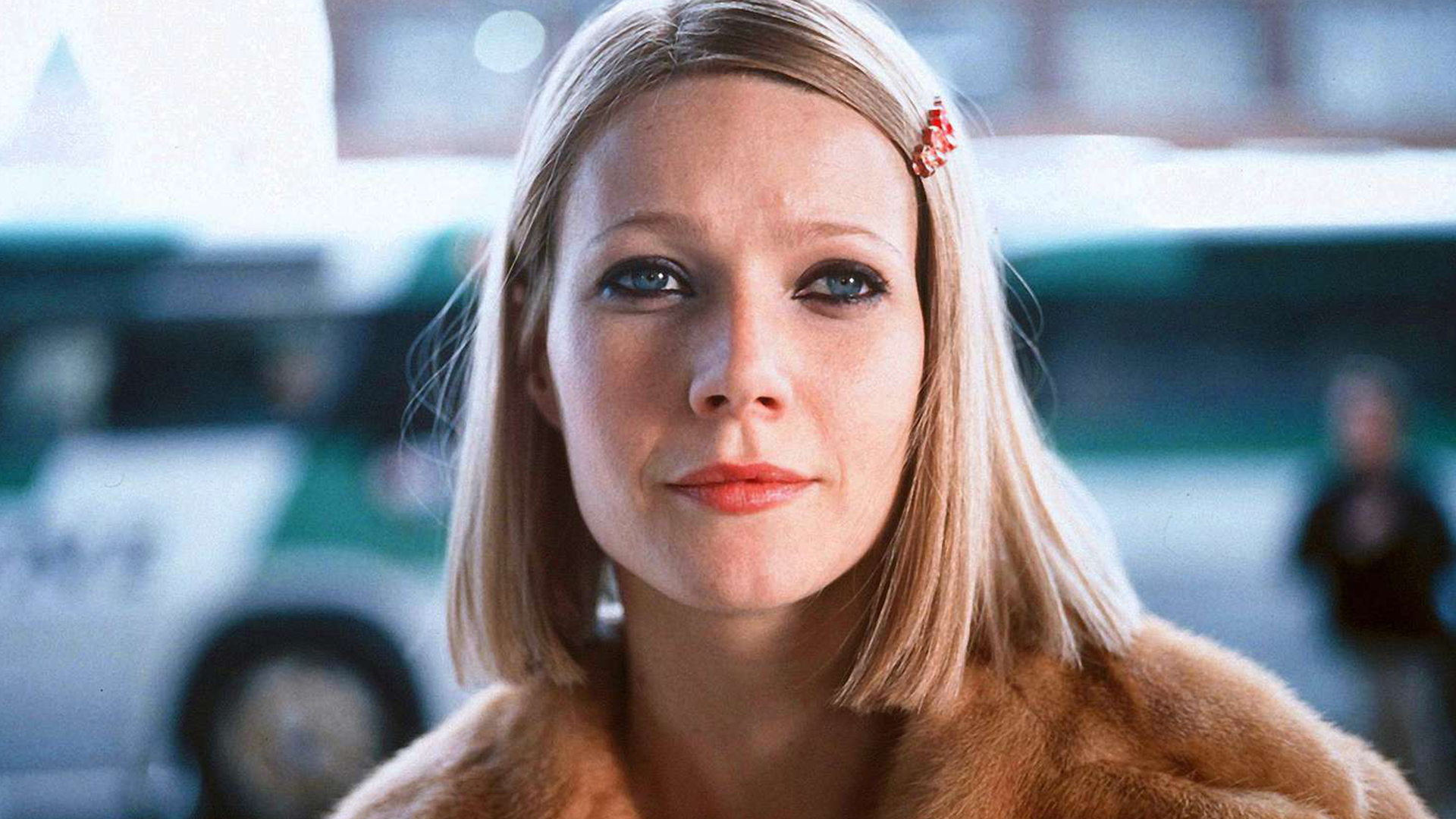Director: Matt Wolf
Cast: Philip Glass, Allen Ginsberg, Tom Lee, Jens Lekman
USA, 2008, 71', color
English with Turkish subtitles
Disco and avantgarde come together in Arthur Russell's music. The cellist, who came in from the cold, settled in New York and quickly became a part of the experimental music scene of the 1970s and 1980s. With its unique images from Russell's life, Wild Combination creates a picture of a complex, at times manic personality and his playful music, without which neither Erlend Øye, LCD Soundsystem's James Murphy or any other of today's electronica gurus would have achieved what they have today. The film, which brings in Russell’s closest collaborators Philip Glass and Allen Ginsberg, explores the compelling cultural history of New York over the last few decades, the experience of being gay and confronting AIDS, and the cathartic process of creating art and pursuing popular success.
Free admissions. Drop in, no reservations.

The New Year is more than just a date change on the calendar. It often marks a turning point where the weight of past experiences is felt or the uncertainty of the future is faced. This season, Pera Film highlights films that delve into themes of hope, regret, nostalgia, and new beginnings.
Tuesday - Saturday 10:00 - 19:00
Friday 10:00 - 22:00
Sunday 12:00 - 18:00
The museum is closed on Mondays.
On Wednesdays, the students can
visit the museum free of admission.
Full ticket: 300 TL
Discounted: 150 TL
Groups: 200 TL (minimum 10 people)